

The Sustainable Seas National Science Challenge’s vision is for New Zealand to have healthy marine ecosystems providing value for every New Zealander. It has seven research programmes, and each ...
READ MORE
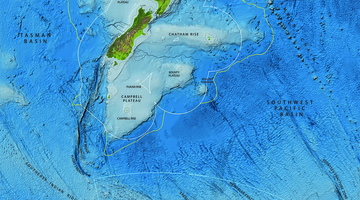
The sea is our taonga. Our connections to it are strong. More than 75% of New Zealanders live within 10 km of the coast, and the sea is an important part of our Kiwi lifestyle – whether we use it ...
READ MORE
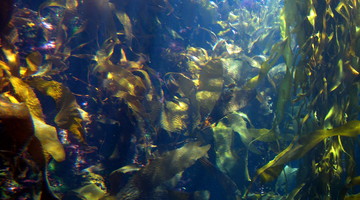
The seas surrounding New Zealand are complex. They are a connected and dynamic mix of chemical, physical and biological processes. The sheer size of the ocean and the complexity of interactions ...
READ MORE

EBM – ecosystem-based management – is a holistic and inclusive approach for managing an ecosystem. In this activity, students use EBM principles as a framework to consider how a local area of ...
READ MORE
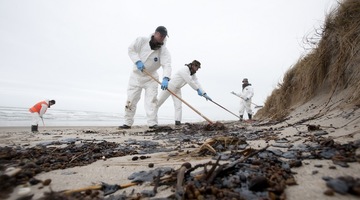
In this activity, students consider short-term and long-term responses to an environmental disaster such as the Rena. By the end of this activity, students should be able to: describe what might ...
READ MORE

In this activity, students compare the rate of degradation of disposable plates using three different disposal methods. Purpose To experiment with a range of disposable plates made from different ...
READ MORE
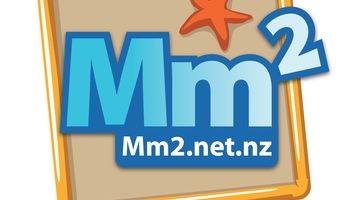
Marine Metre Squared is a New Zealand citizen science project that supports communities to monitor their local seashore. The project has been designed to provide meaningful, valid environmental ...
READ MORE

iNaturalist logs hundreds of thousands of photos of flora, fauna and fungi. There are even sound recordings too. Each is described and geo located. iNaturalist is used by citizens and scientists ...
READ MORE
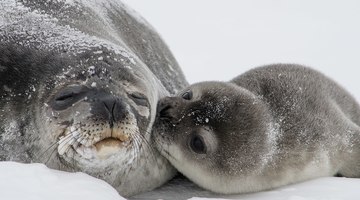
Weddell seals and orca are among the top predators in the Ross Sea region of Antarctica, and more than half of the Weddell seal population can be found in the Ross Sea. Information about changes ...
READ MORE

Aotearoa New Zealand is fortunate to have a huge diversity of marine habitats and an extensive coastline – about 15,000 km in length! More than 75% of the population lives within 10 km of the ...
READ MORE
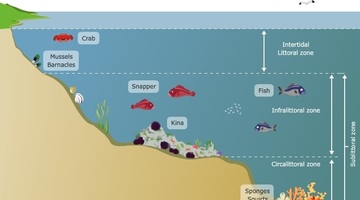
The rocky shore is a popular topic in primary school science. Below are some Science Learning Hub resources for primary teachers related to the rocky shore in the Living World strand of the New ...
READ MORE

Students develop their knowledge to design a disposable product as a sustainable alternative to an existing product. Purpose To consider the issues of increasing plastics use and understand why ...
READ MORE
New Zealand’s coasts and oceans are under pressure, and the way we manage our marine environments is fragmented and inconsistent. Ecosystem-based management, or EBM, is a holistic and inclusive ...
READ MORE
This introductory video by the Sustainable Seas National Science Challenge shows the wide collaborative effort to involve diverse communities in developing ecosystem-based management (EBM).
READ MORE
The Sustainable Seas National Science Challenge is conducting the country’s first national experiment of its kind. Professor Conrad Pilditch explains how scientists are collecting data on the ...
READ MORE

Use this interactive to access background information and teaching resources by selecting a label. Select here to view the full transcript and copyright information.
READ MORE
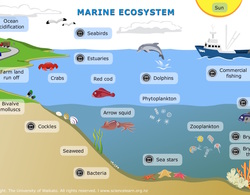
Explore this interactive diagram to learn more about life in the sea. Click on the different labels to view short video clips or images about different parts of the marine ecosystem. Select here ...
READ MORE

Use this interactive to label parts of a cockle/tuangi. Drag and drop the text labels onto the boxes next to the diagram. Selecting or hovering over a box will highlight each area in the diagram ...
READ MORE